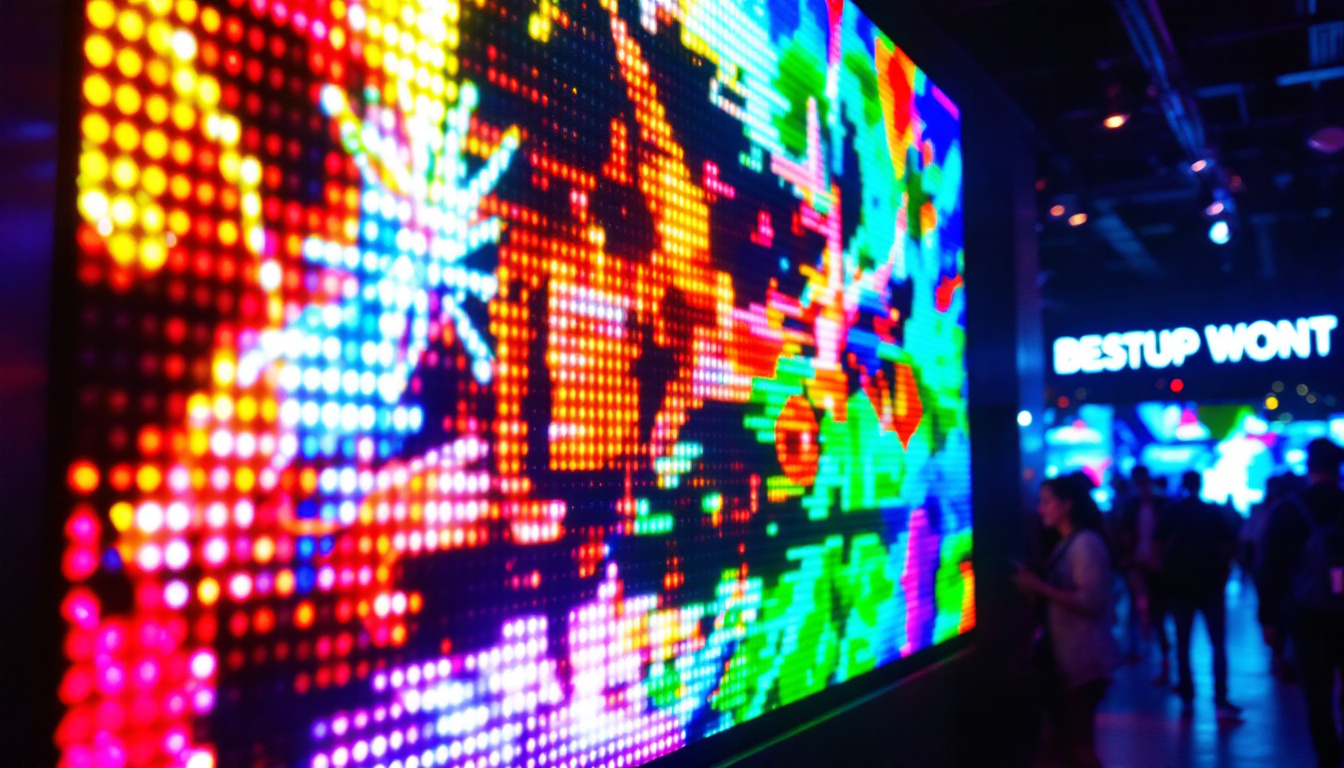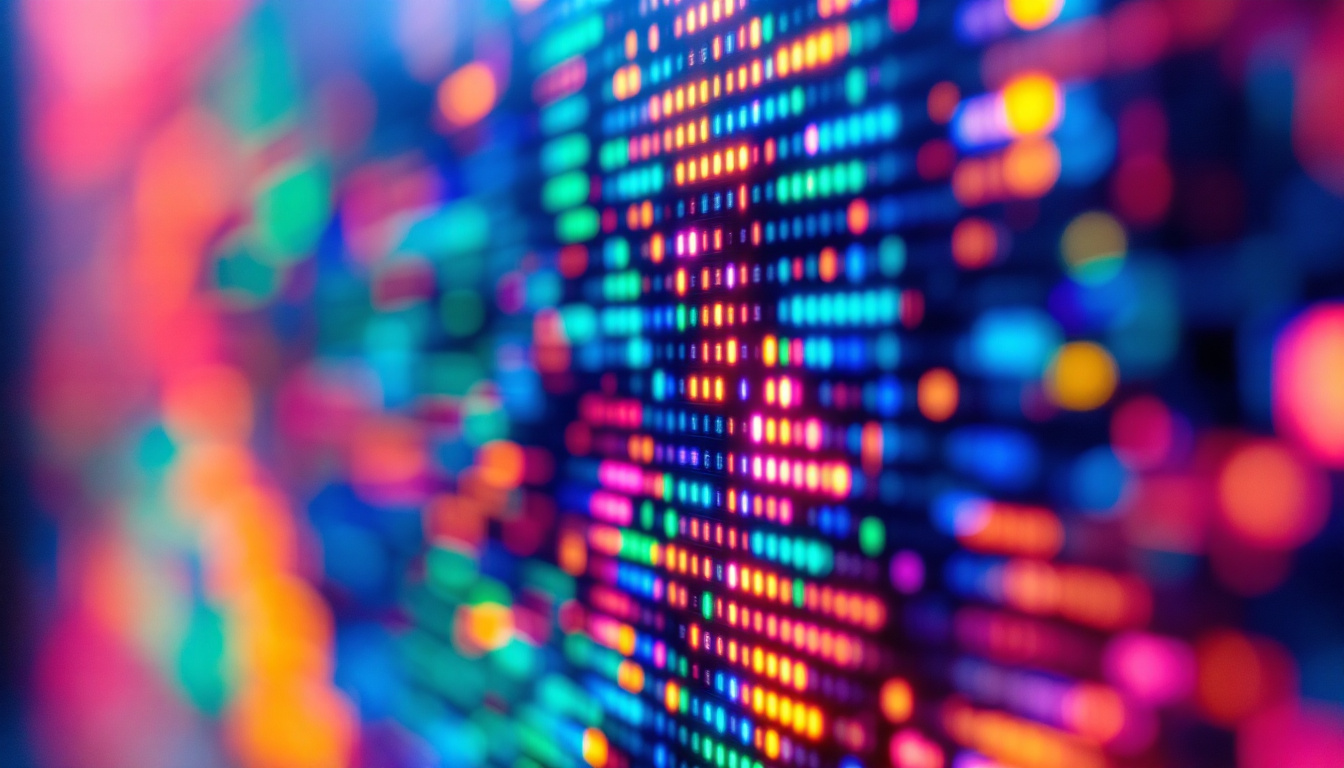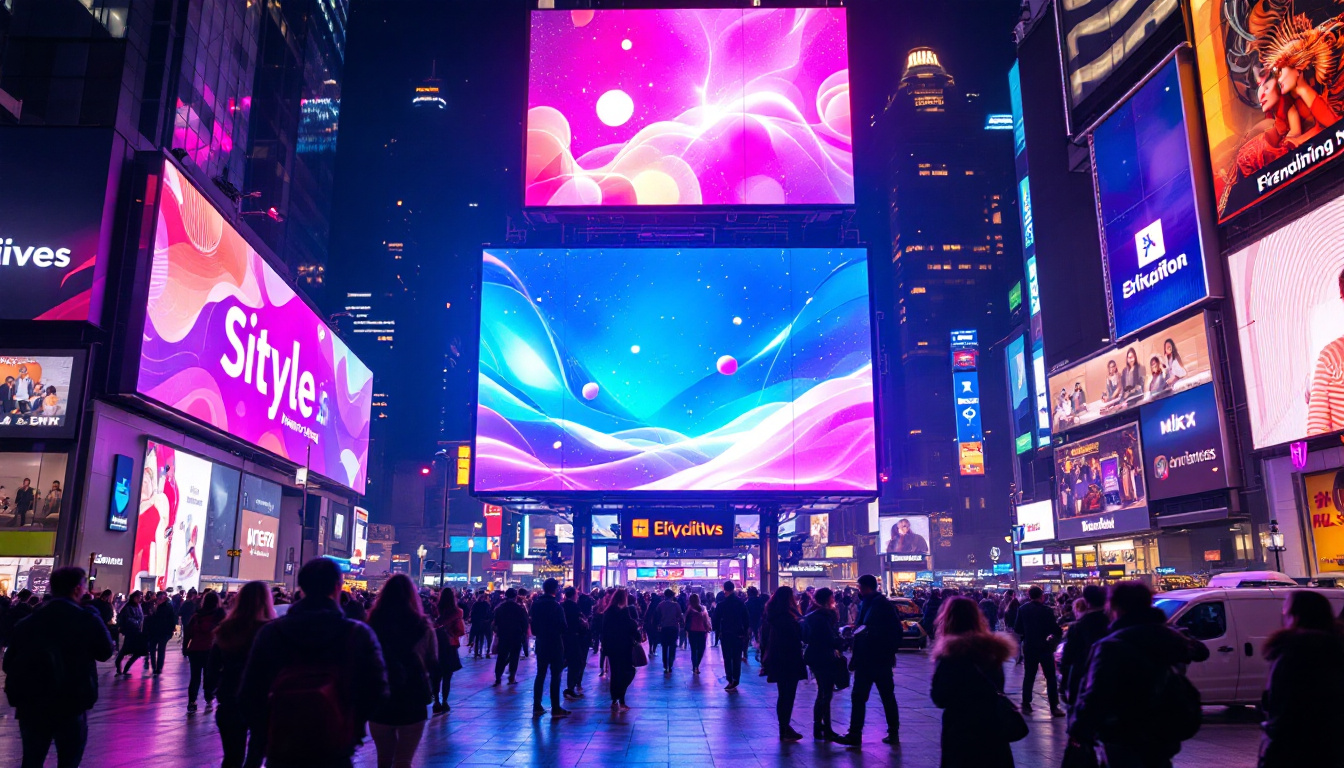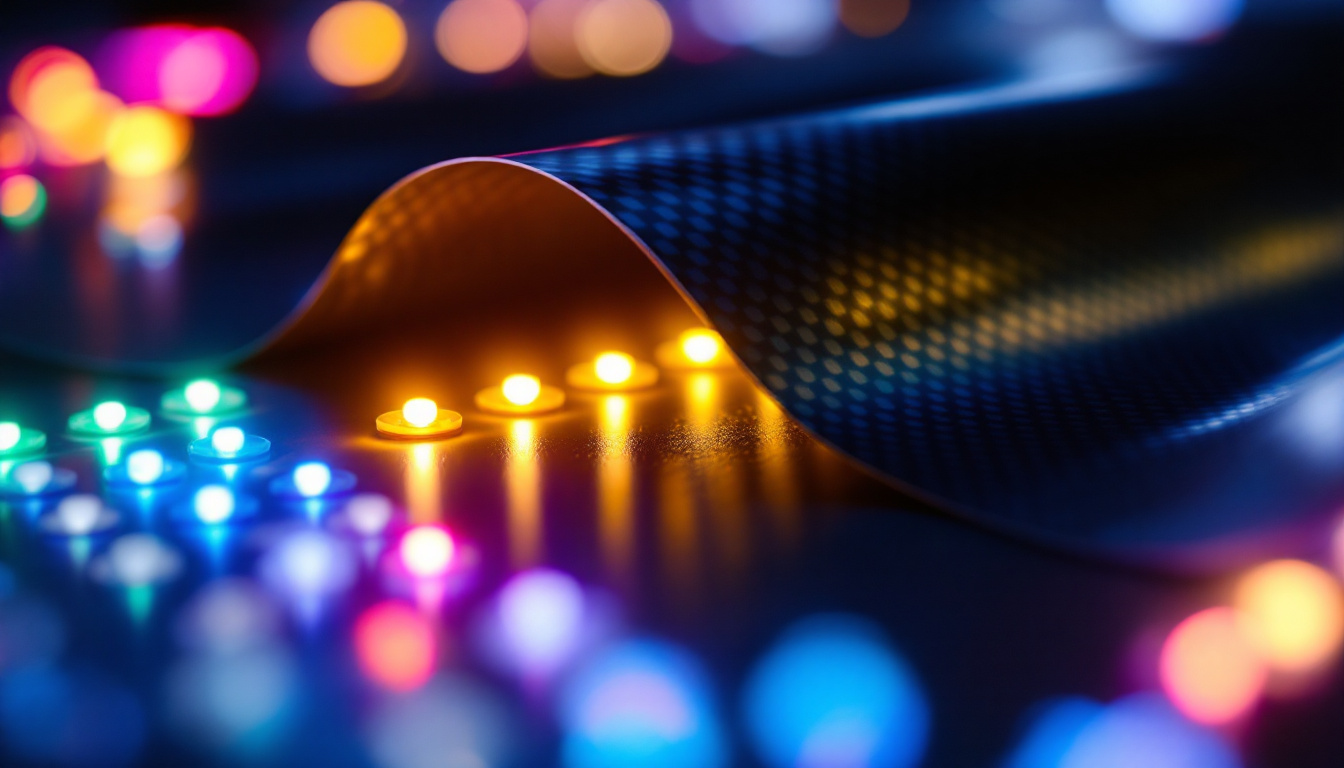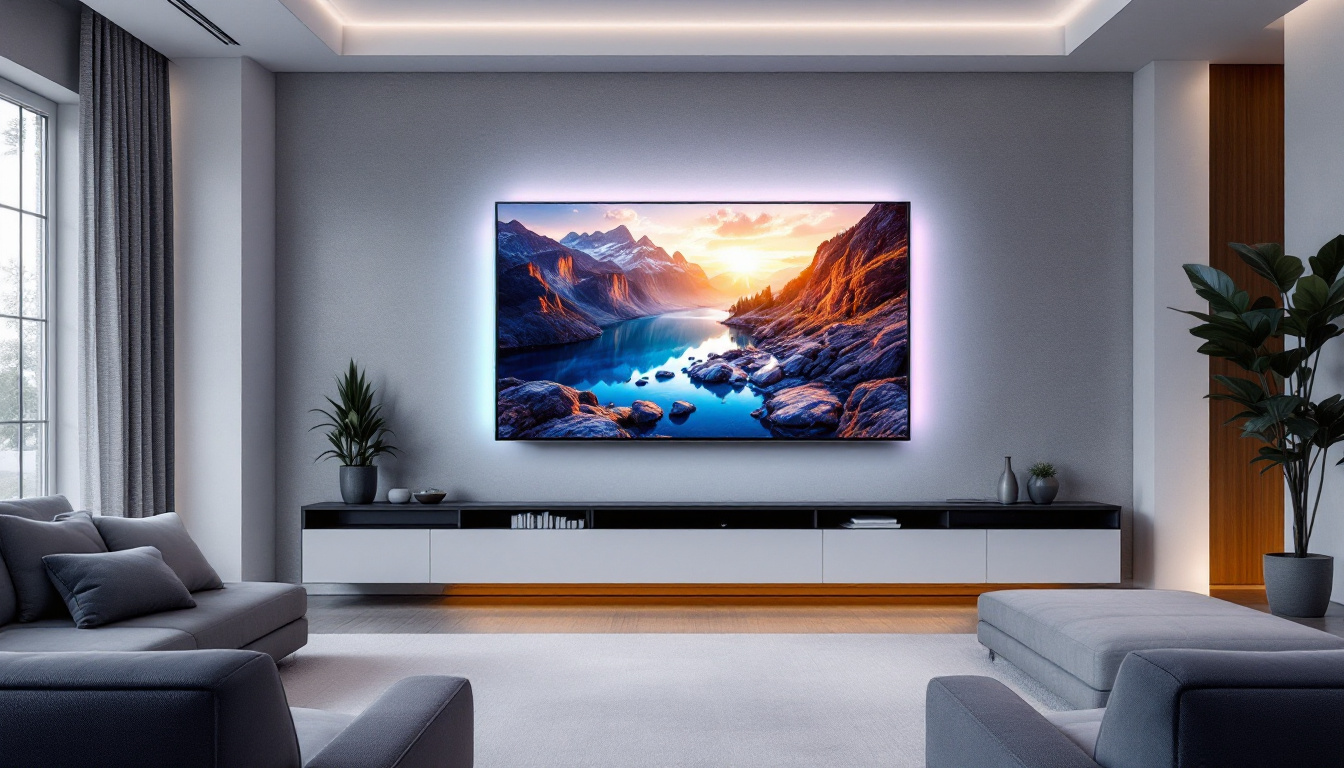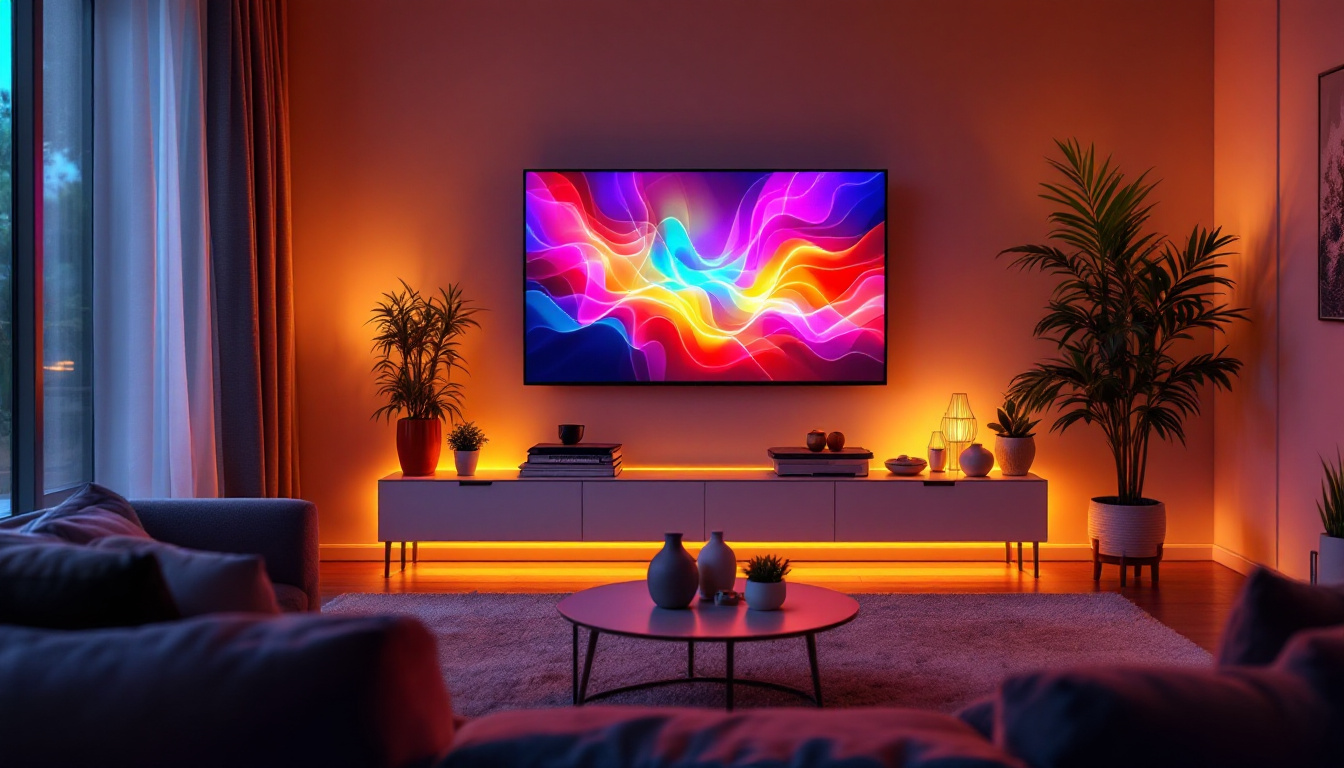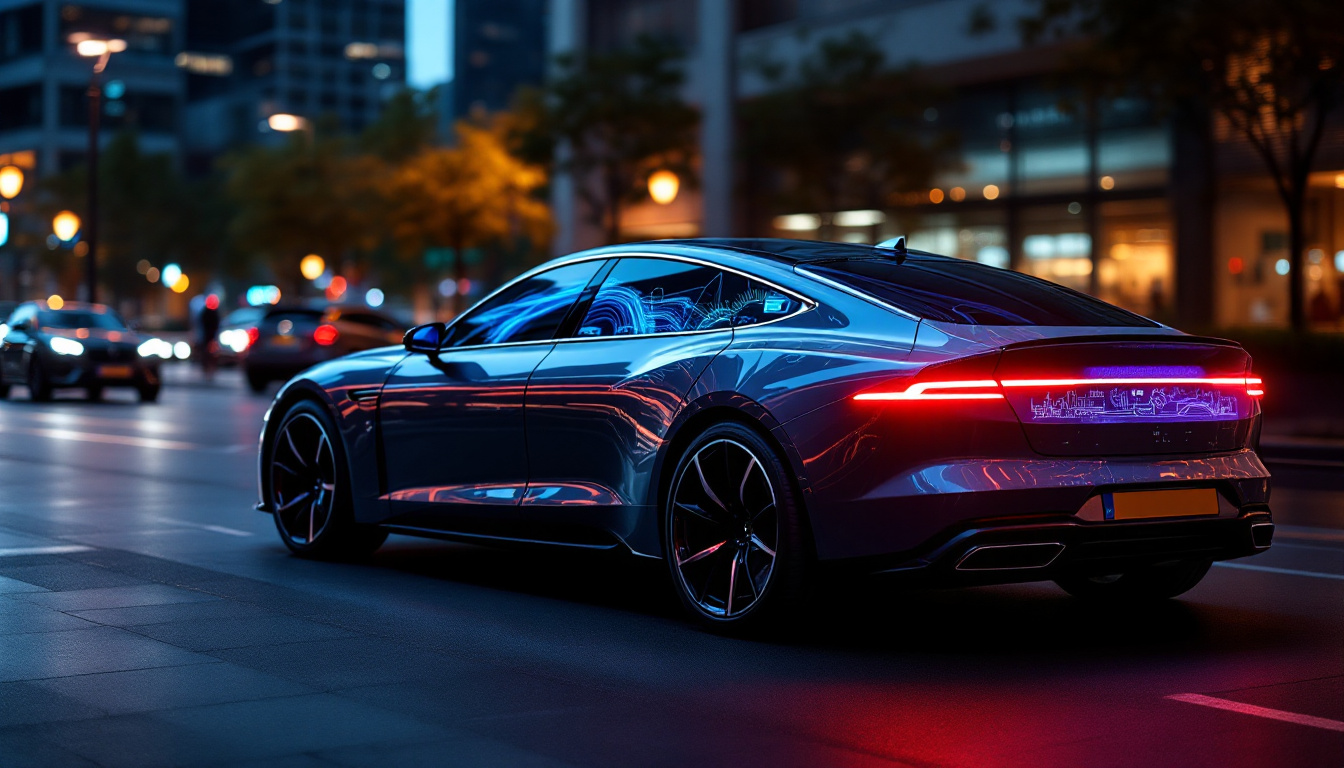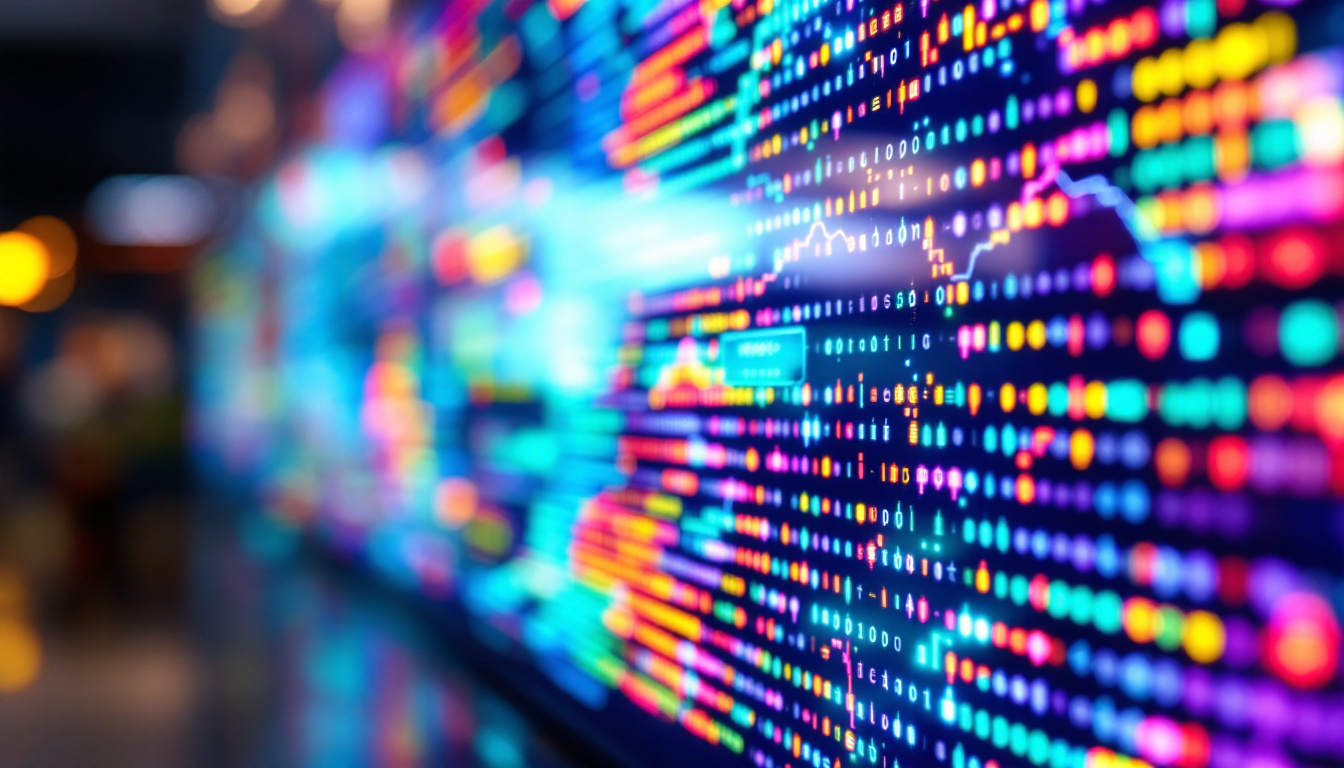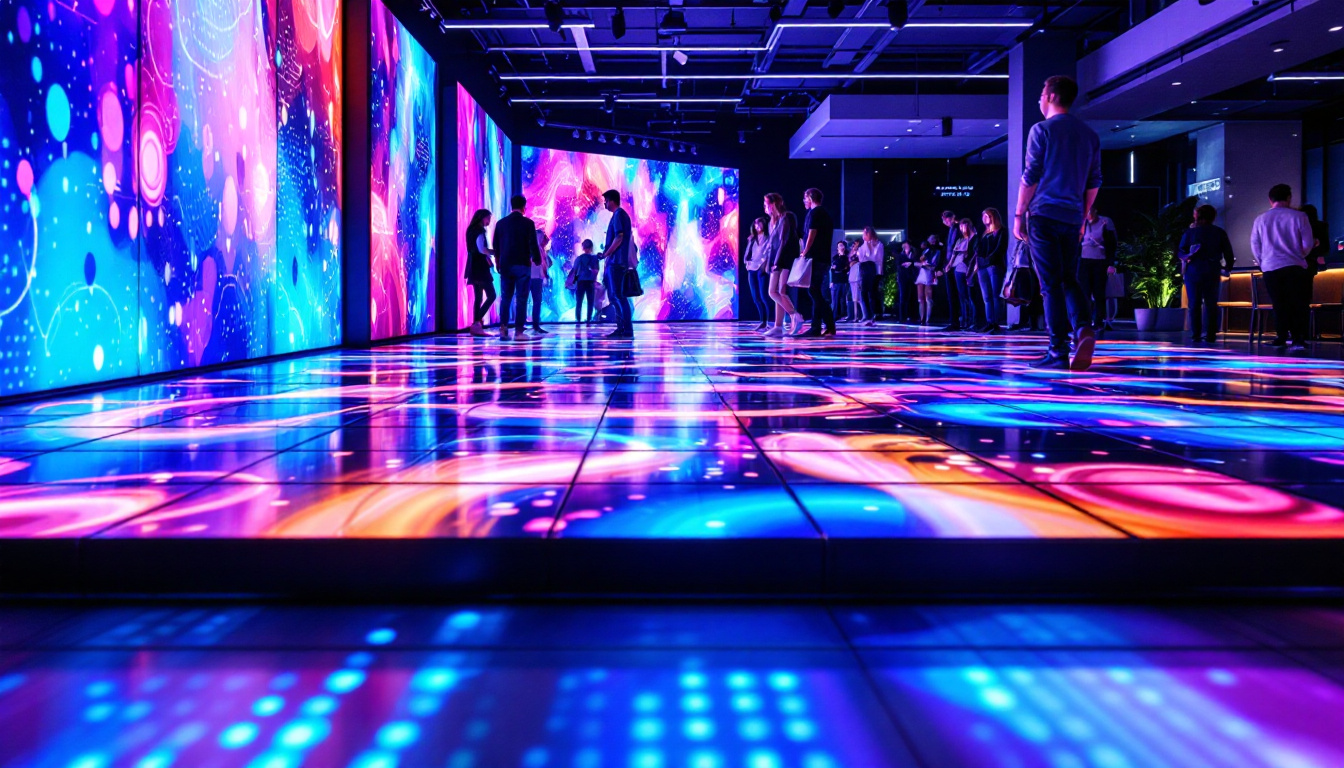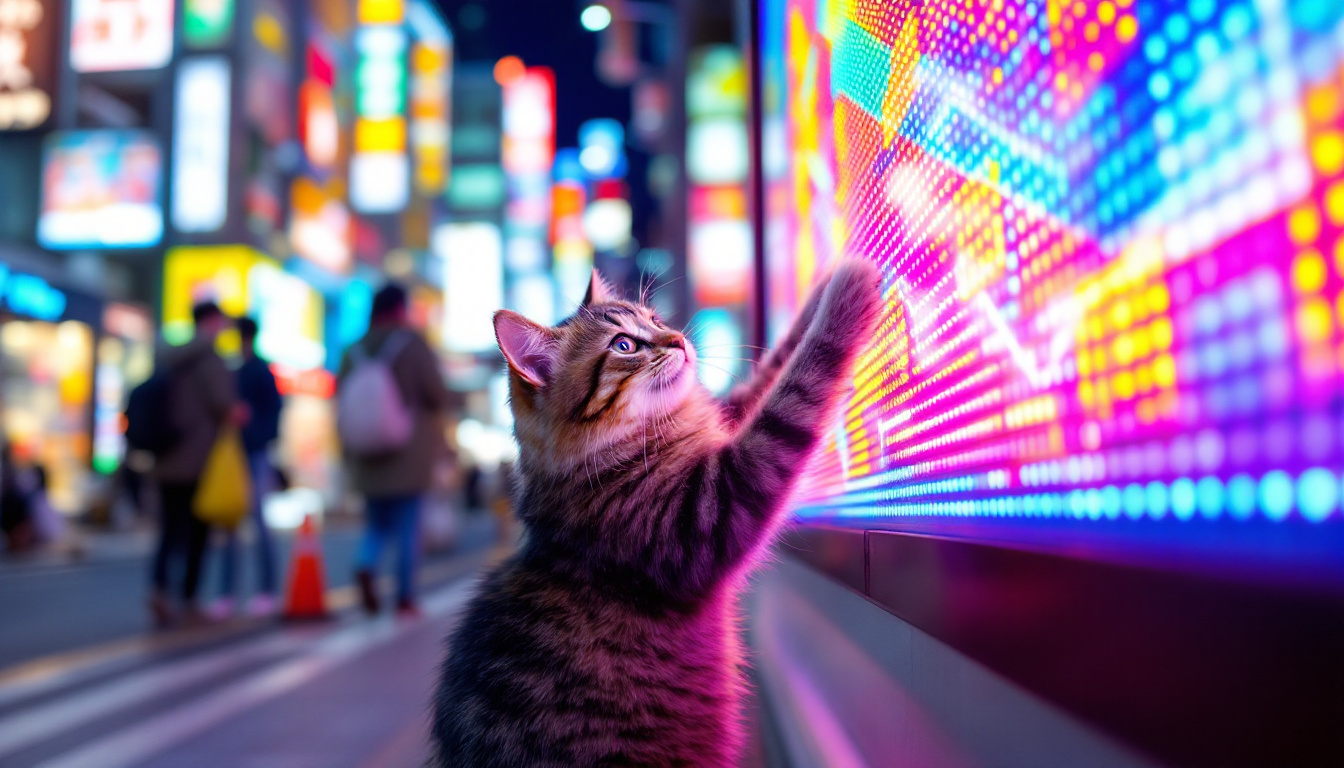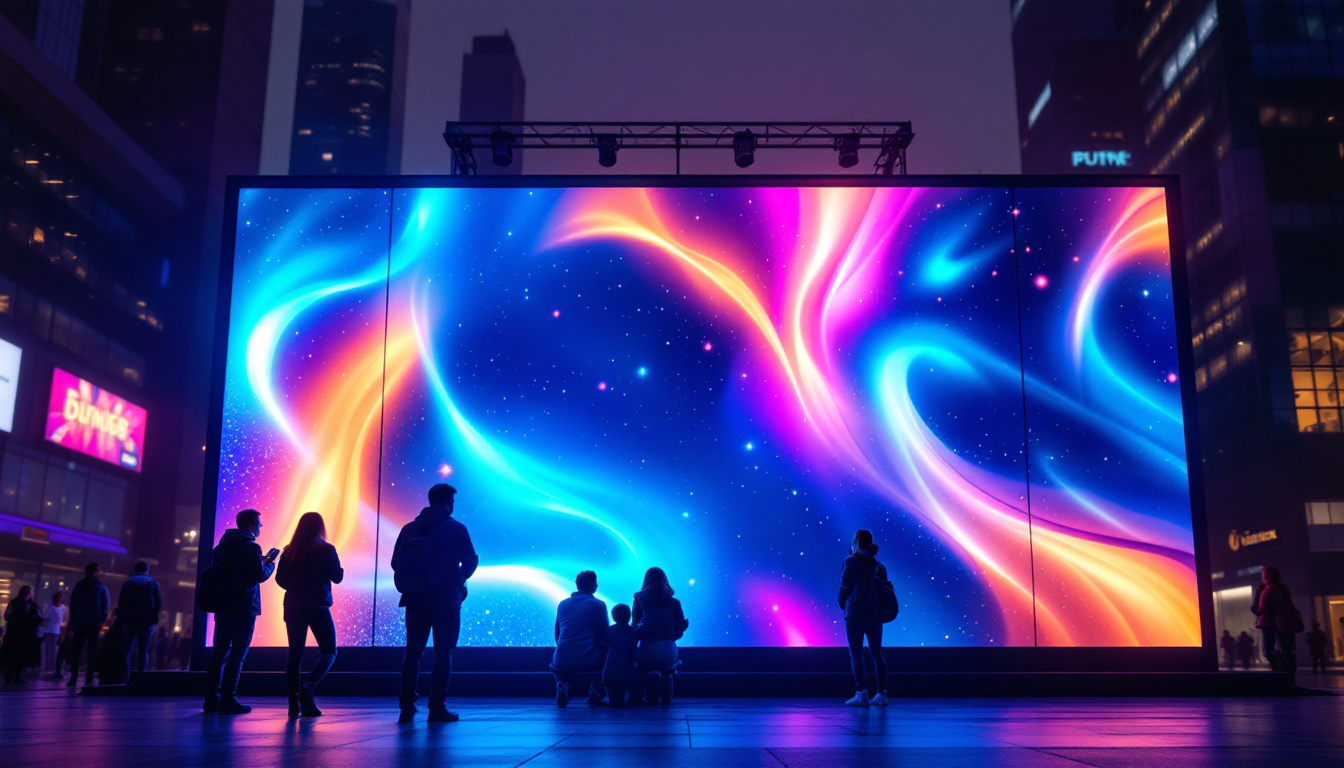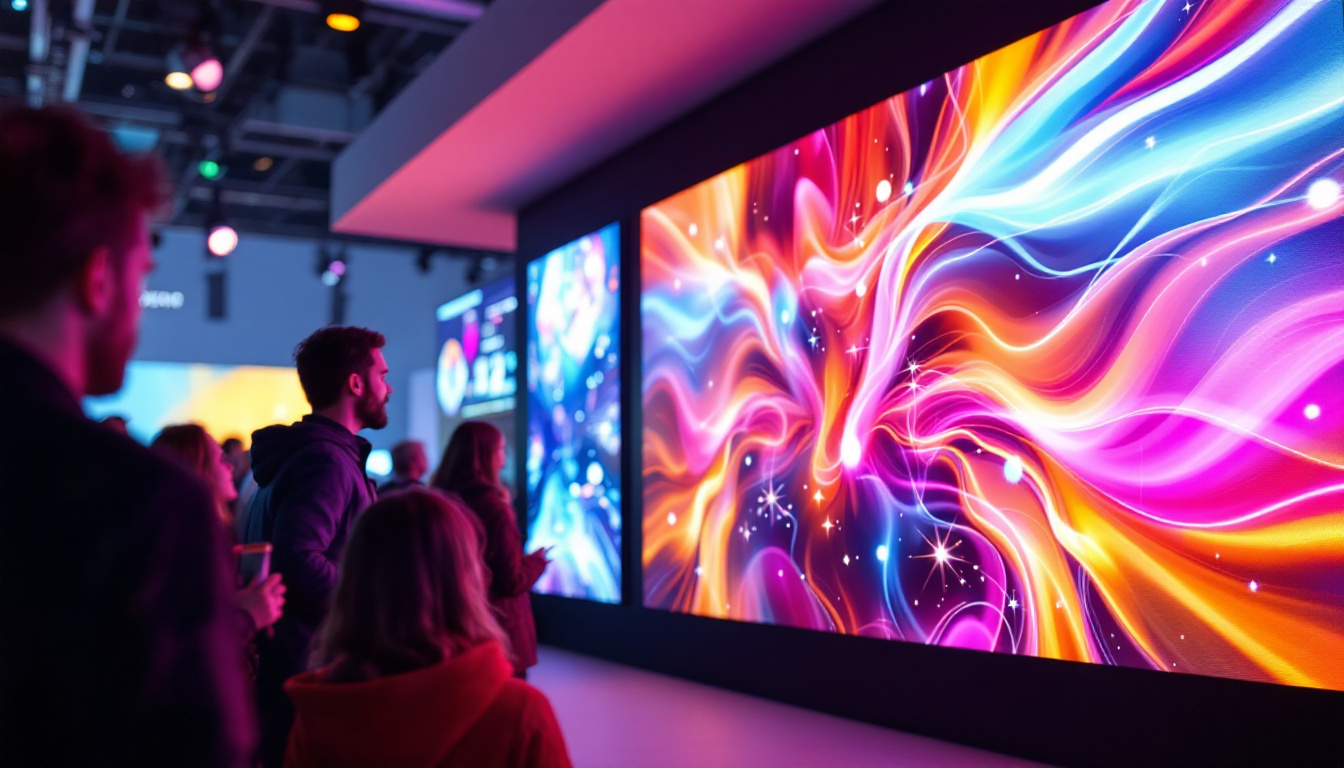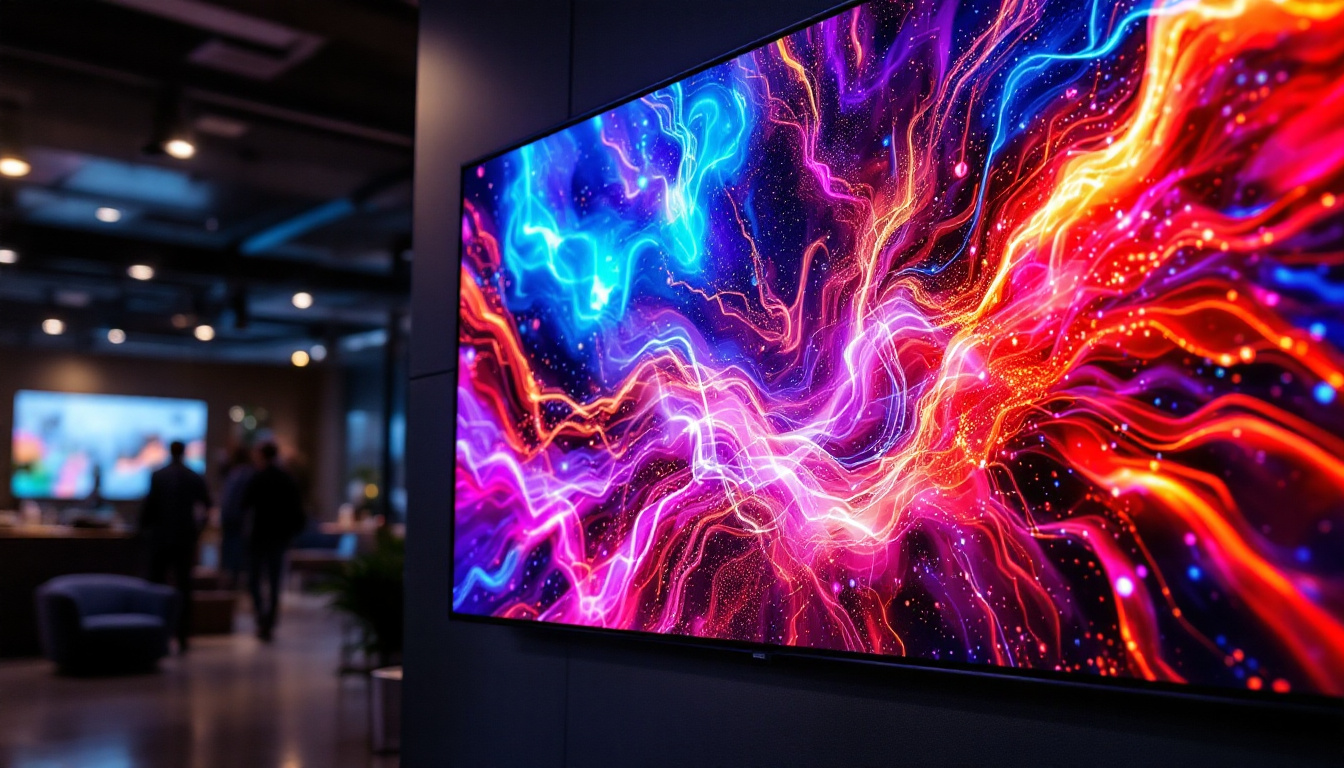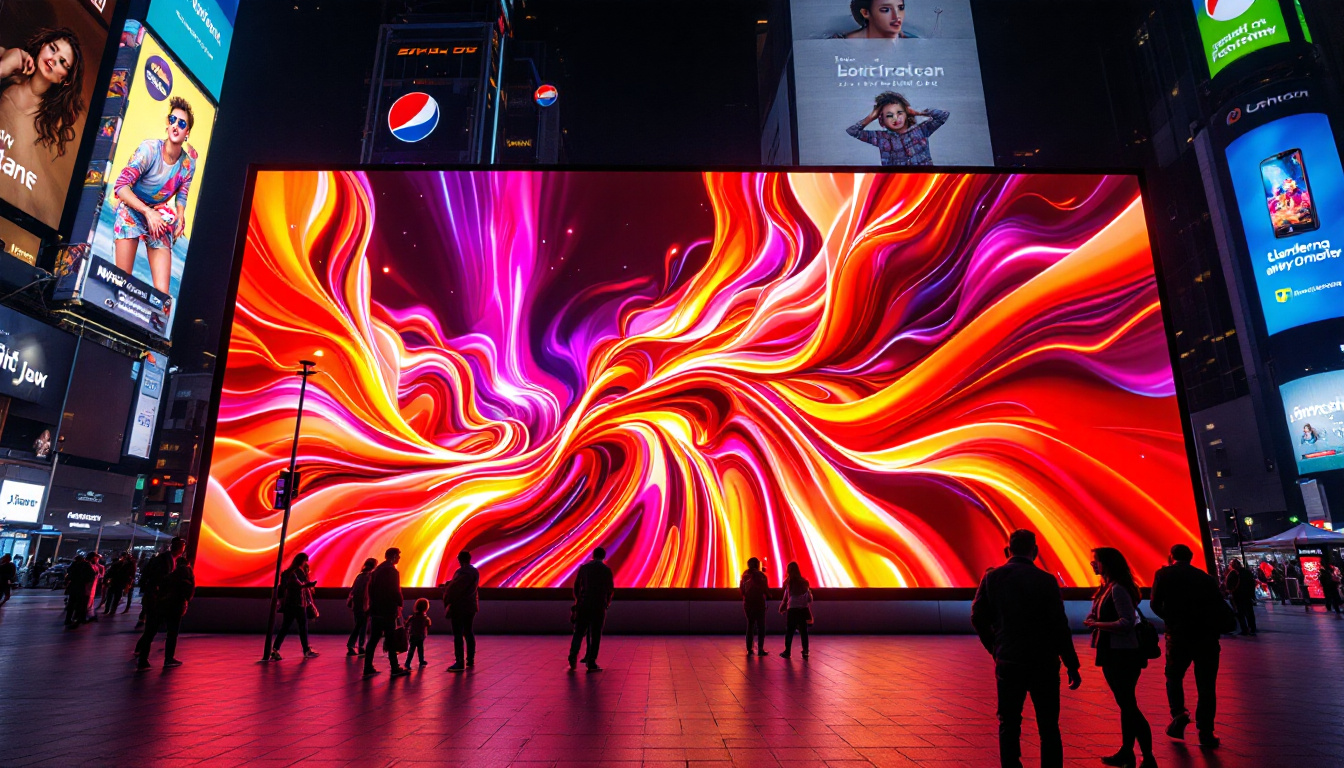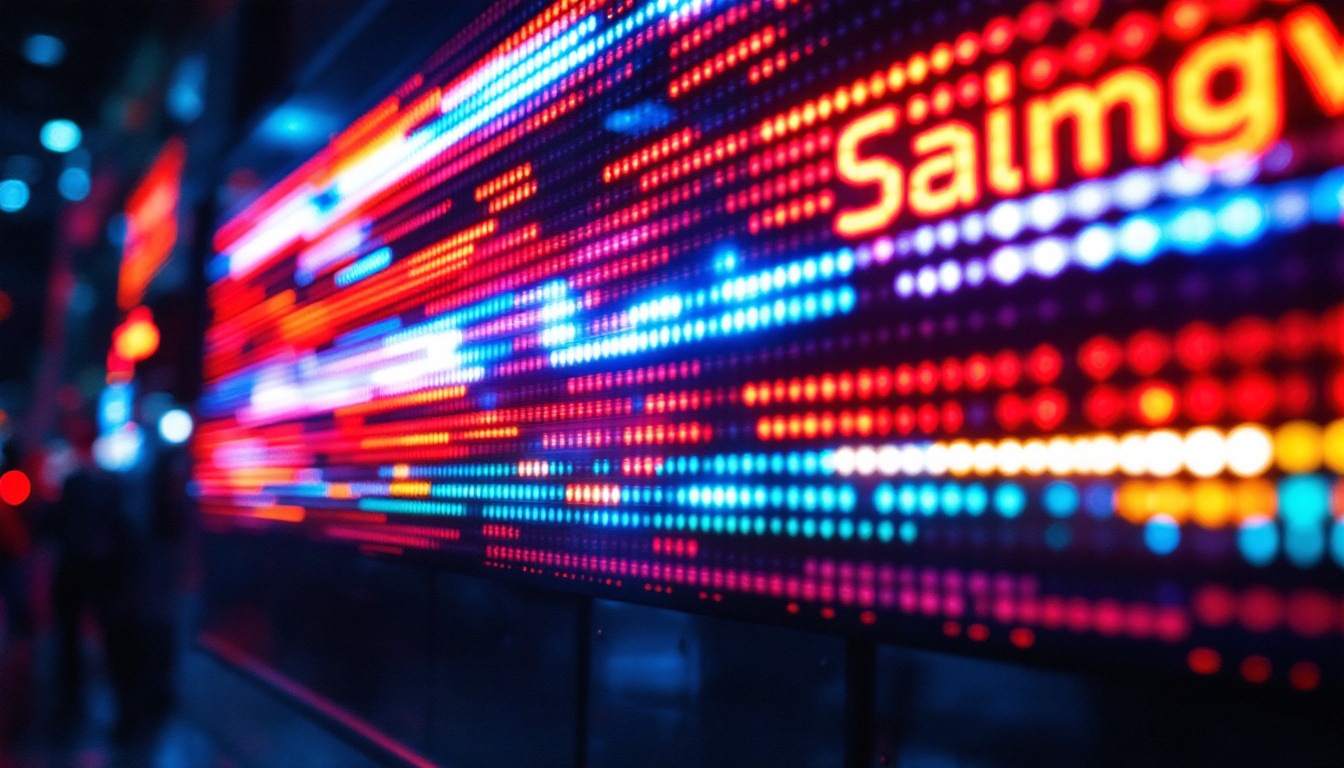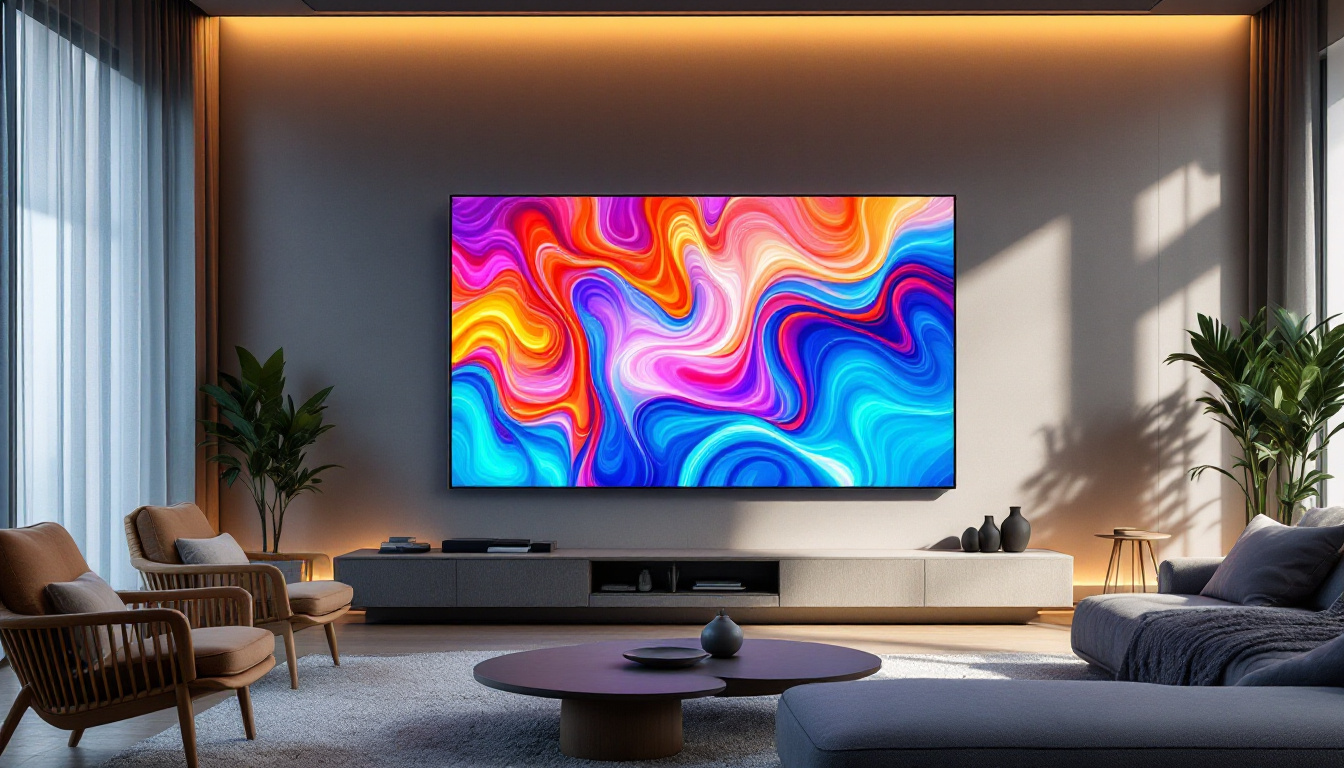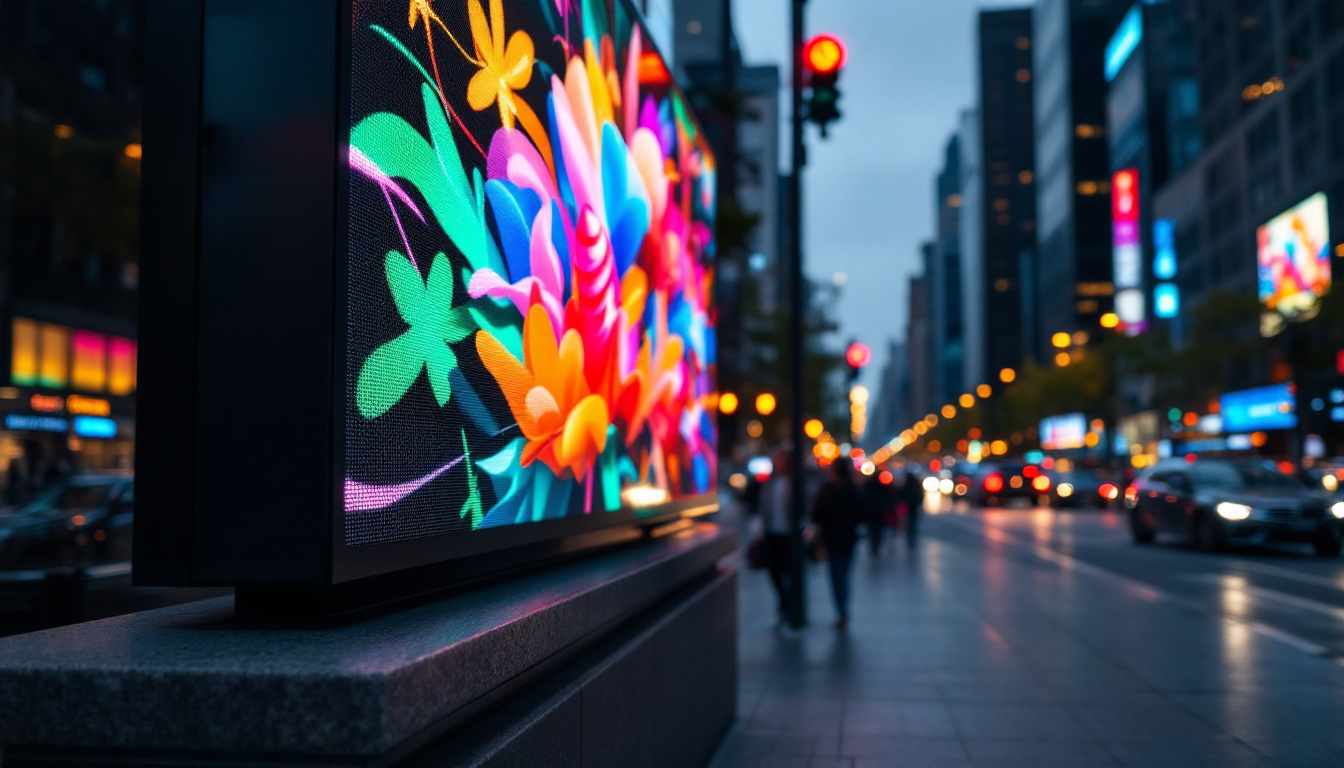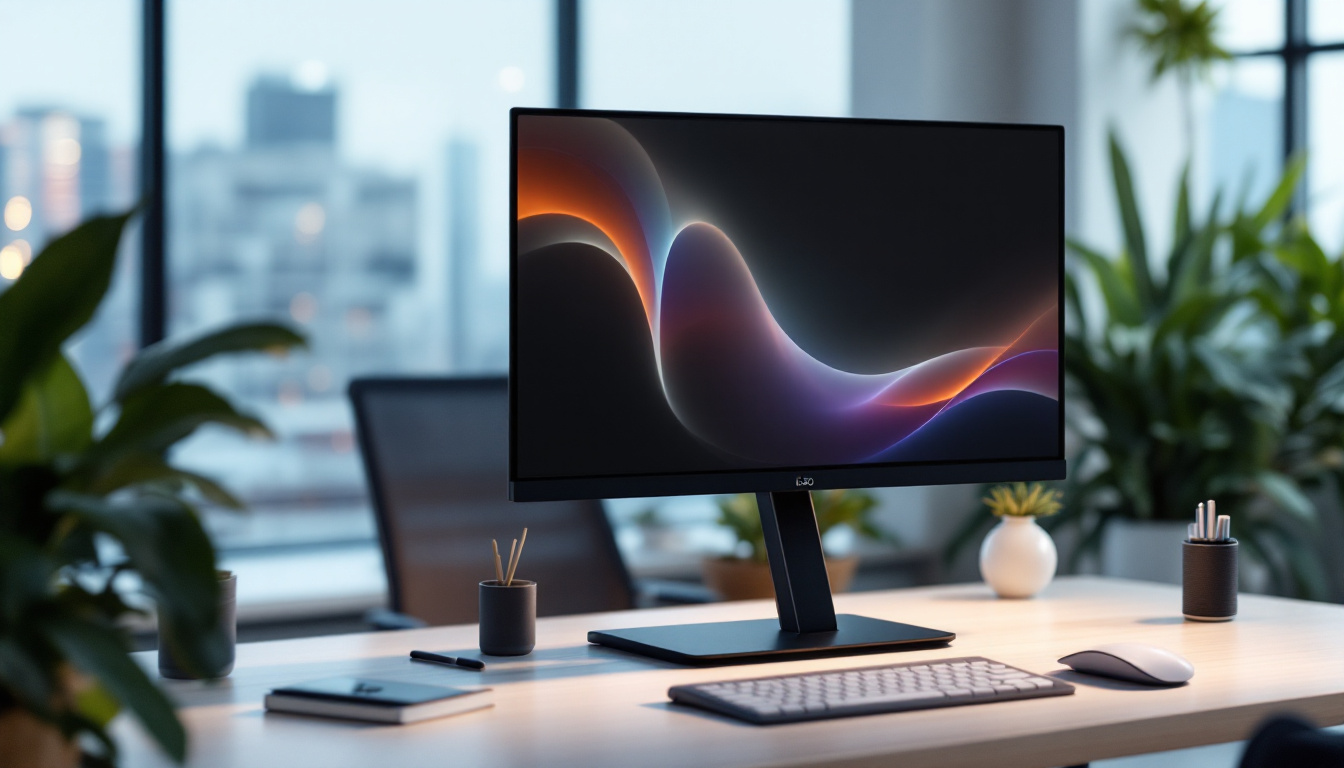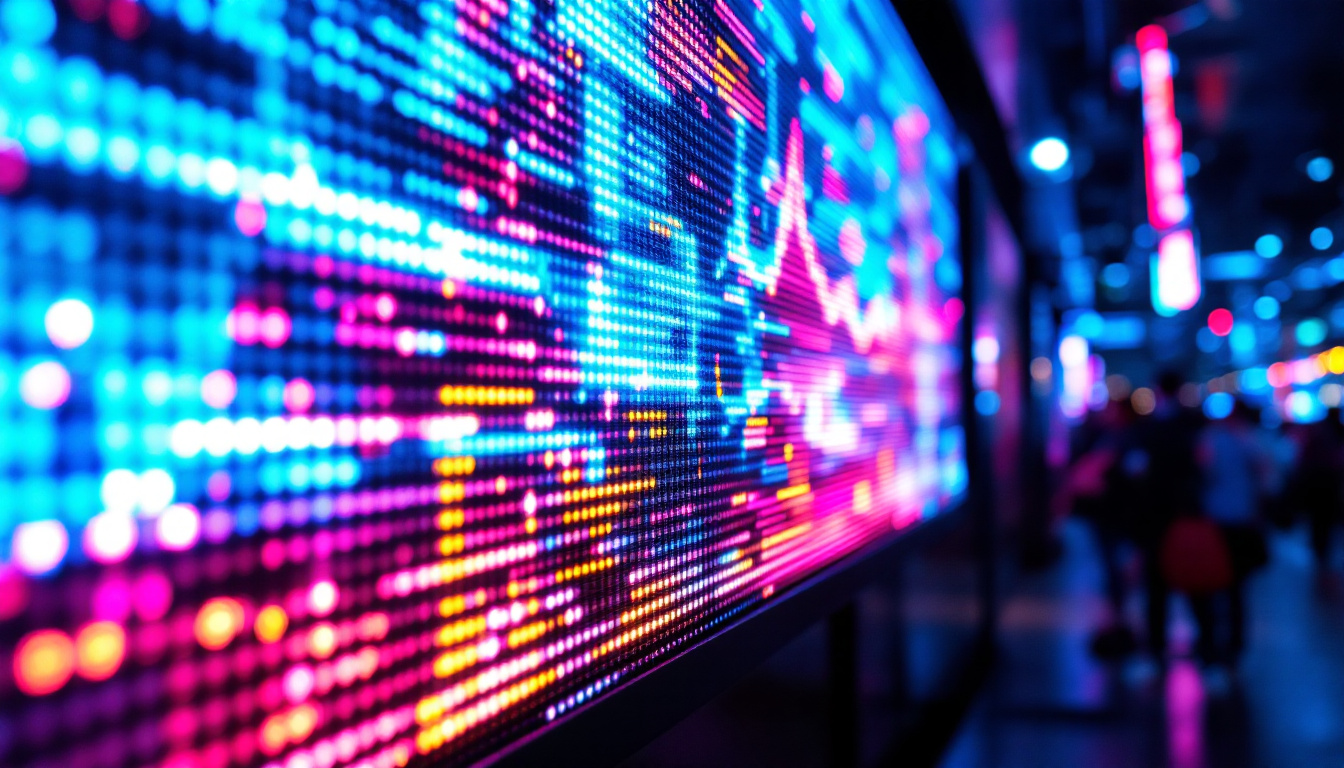In today’s modern interior design and retail environments, wall display cabinets with integrated LED displays have become a popular choice for showcasing products, collectibles, and art pieces. These cabinets not only provide secure and elegant storage but also enhance visibility and aesthetic appeal through advanced lighting technology. Understanding how LED displays work within wall display cabinets, their benefits, and how to select the right model can significantly impact the presentation and preservation of valuable items.
What Are Wall Display Cabinets with LED Displays?
Wall display cabinets are specially designed storage units mounted on walls, intended for displaying items in a visually appealing and organized manner. When equipped with LED displays or lighting systems, these cabinets incorporate light-emitting diode (LED) technology to illuminate the contents effectively.
Unlike traditional lighting, LED displays offer precise, energy-efficient illumination that can be customized in terms of brightness, color temperature, and even dynamic lighting effects. This integration transforms a simple cabinet into a dynamic showcase, drawing attention to the items inside while maintaining a sleek, modern look. The versatility of these cabinets makes them suitable for various settings, from homes and offices to retail spaces, where they can serve both functional and aesthetic purposes.
In addition to their visual appeal, wall display cabinets with LED displays can also enhance the overall atmosphere of a room. For instance, in a living room, a well-lit display cabinet can become a focal point, showcasing cherished collectibles or family heirlooms. In retail environments, these cabinets can effectively highlight products, enticing customers and encouraging purchases through strategic lighting that enhances the features and colors of the items on display.
Types of LED Lighting in Display Cabinets
There are several types of LED lighting commonly used in wall display cabinets, each serving different purposes:
- Strip LEDs: Flexible LED strips are often installed along the edges or shelves of the cabinet, providing uniform lighting across the display area.
- Spot LEDs: Small, focused LED spotlights highlight specific items or sections within the cabinet, ideal for emphasizing key pieces.
- Backlit Panels: LED panels placed behind translucent surfaces create a glowing backdrop effect, enhancing the overall ambiance.
Each lighting type can be used alone or combined depending on the desired visual effect and the nature of the items displayed. For example, combining strip LEDs with spotlights can create a layered lighting effect, where the general illumination from the strips sets the stage, while the spotlights draw attention to particular items. This thoughtful approach to lighting not only enhances visibility but also adds depth and dimension to the display, making it more engaging for viewers.
Moreover, many modern wall display cabinets come with smart lighting options, allowing users to control the brightness and color settings through mobile apps or smart home systems. This feature not only adds convenience but also enables users to adapt the lighting according to different occasions, such as soft, warm lighting for a cozy family gathering or bright, cool lighting for showcasing items during a party. The integration of technology in these cabinets reflects a growing trend towards personalized and interactive home decor solutions.
Advantages of LED Displays in Wall Cabinets
The adoption of LED technology in wall display cabinets offers numerous benefits that make it the preferred lighting solution for both residential and commercial applications.
Energy Efficiency and Longevity
LEDs consume significantly less power compared to incandescent or fluorescent bulbs. According to the U.S. Department of Energy, LEDs use at least 75% less energy and last 25 times longer than traditional lighting. This efficiency translates into lower electricity bills and reduced maintenance costs, especially important for businesses with multiple display units.
Additionally, the long lifespan of LEDs—often exceeding 50,000 hours—means fewer replacements, which is both cost-effective and environmentally friendly.
Enhanced Visibility and Color Accuracy
One of the key advantages of LED lighting is its ability to render colors accurately. LEDs can be designed to emit light at specific color temperatures, ranging from warm white (2700K) to daylight (6500K), allowing the display to complement the items showcased.
For example, art galleries or jewelry stores benefit from LEDs with high Color Rendering Index (CRI) values (above 90), which ensure that colors appear vibrant and true to life. This level of precision enhances the viewer’s experience and can influence purchasing decisions.
Customizable and Flexible Lighting Options
Modern LED systems offer unparalleled flexibility. Many wall display cabinets feature dimmable LEDs, allowing users to adjust brightness levels to suit different times of day or moods. Some advanced models incorporate smart controls, enabling color changes, lighting patterns, and scheduling via smartphone apps or voice commands.
This adaptability not only improves the ambiance but also helps protect sensitive items by reducing exposure to intense light when unnecessary.
Low Heat Emission Protects Displayed Items
Traditional lighting sources often emit significant heat, which can damage delicate items such as antiques, artwork, or electronics. LEDs produce minimal heat, reducing the risk of heat-related deterioration or fading. This makes LED-lit wall display cabinets especially suitable for preserving valuable or fragile collections.
Applications of LED Wall Display Cabinets
The versatility of LED wall display cabinets makes them suitable for a wide range of settings, from private homes to commercial spaces.
Retail Environments
Retailers utilize LED display cabinets to showcase products such as jewelry, watches, electronics, and luxury goods. The enhanced lighting draws customer attention and highlights product details, improving the overall shopping experience. According to a study by the National Retail Federation, well-lit displays can increase sales by up to 30%, underscoring the importance of effective lighting in retail.
Residential Use
Homeowners use LED wall display cabinets to exhibit collectibles, trophies, fine china, or memorabilia. The lighting not only accentuates the items but also adds a decorative element to living spaces. LED cabinets can be integrated into living rooms, dining areas, or home offices, blending functionality with style.
Museums and Galleries
In museums and galleries, LED display cabinets are essential for presenting artifacts and artworks under optimal lighting conditions. The ability to control light intensity and color helps preserve sensitive materials while enhancing visitor engagement. Many institutions have adopted LED technology as part of their conservation strategies.
Corporate and Hospitality Settings
Corporate offices and hotels use LED-lit display cabinets to present awards, branded merchandise, or decorative elements. These cabinets contribute to a professional and polished atmosphere, reinforcing brand identity and impressing clients or guests.
Choosing the Right Wall Display Cabinet with LED Display
Selecting the ideal wall display cabinet with LED lighting requires careful consideration of several factors to ensure it meets both aesthetic and functional needs.
Size and Layout
Measure the available wall space and consider the size of the items to be displayed. Cabinets come in various dimensions and configurations, including single or multi-shelf units, glass-fronted doors, and open shelving. The layout should facilitate easy viewing while maximizing storage capacity.
Lighting Specifications
Evaluate the type of LED lighting integrated into the cabinet. Check for adjustable brightness, color temperature options, and whether the LEDs have a high CRI for accurate color representation. Additionally, consider whether the lighting system is compatible with smart controls or timers for convenience.
Material and Build Quality
The cabinet’s construction affects durability and appearance. Common materials include wood, metal, and glass, each offering different styles and maintenance requirements. Tempered glass is often preferred for safety and clarity. Ensure that the cabinet is sturdy and designed to protect the contents from dust and damage.
Installation and Power Supply
Wall-mounted cabinets require secure installation, often involving studs or anchors. Consider whether professional installation is necessary. Additionally, assess the power source for the LED lighting—some cabinets use rechargeable batteries, while others need direct wiring or plug-in power adapters.
Maintenance and Care of LED Wall Display Cabinets
Proper maintenance ensures the longevity of both the cabinet and its LED lighting system.
Cleaning Guidelines
Use a soft, lint-free cloth to clean glass surfaces and cabinet exteriors. Avoid abrasive cleaners or solvents that can damage finishes or LED components. For LED strips or spotlights, gently dust to prevent buildup that could reduce light output.
LED Replacement and Troubleshooting
Although LEDs have long lifespans, occasional replacements may be necessary. Choose cabinets with accessible lighting components to facilitate easy maintenance. If lights flicker or fail, check connections and power sources before replacing LEDs.
Protecting Displayed Items
Minimize exposure to direct sunlight and excessive humidity, which can affect both the cabinet and its contents. Use UV-filtering glass if possible, and maintain a stable indoor environment to preserve valuable items.
Future Trends in LED Wall Display Cabinets
As LED technology continues to evolve, new innovations are shaping the future of wall display cabinets.
Integration of Smart Technology
Smart home integration is becoming standard, with LED cabinets offering voice control, automated lighting schedules, and remote adjustments via apps. This enhances user convenience and allows for dynamic display settings tailored to different occasions.
Advanced Lighting Effects
Emerging LED systems can produce a broader spectrum of colors and lighting patterns, enabling more creative and immersive displays. For example, color-changing LEDs can be programmed to highlight seasonal themes or special events.
Eco-Friendly Materials and Designs
There is a growing emphasis on sustainability, with manufacturers exploring recyclable materials and energy-efficient designs. Future cabinets may incorporate solar-powered LEDs or use biodegradable components to reduce environmental impact.
Conclusion
Wall display cabinets with LED displays represent a sophisticated fusion of design, technology, and functionality. Their ability to enhance visibility, preserve delicate items, and create captivating visual presentations makes them invaluable in various settings—from retail stores to private homes and cultural institutions.
Understanding the types of LED lighting, benefits, applications, and selection criteria empowers buyers and designers to make informed decisions that elevate the display experience. As LED technology advances, these cabinets will continue to evolve, offering even greater customization, efficiency, and aesthetic appeal.
Investing in a high-quality LED wall display cabinet is not just about storage; it’s about transforming how items are showcased and appreciated, making every display a statement of style and innovation.
Discover the Future of Display with LumenMatrix
Ready to elevate your display strategy with cutting-edge LED technology? LumenMatrix offers a diverse range of innovative LED display solutions tailored to your unique needs. From mesmerizing Indoor and Outdoor LED Wall Displays to dynamic Vehicle and Sports Displays, our products are designed to captivate and engage. Experience the transformative power of LED Poster Displays, Floor LEDs, Custom configurations, All-in-One solutions, and Transparent Displays. Join the visual revolution and make your brand stand out. Check out LumenMatrix LED Display Solutions today and bring your visual communication to life.


